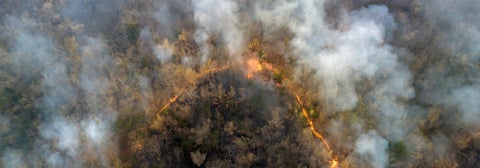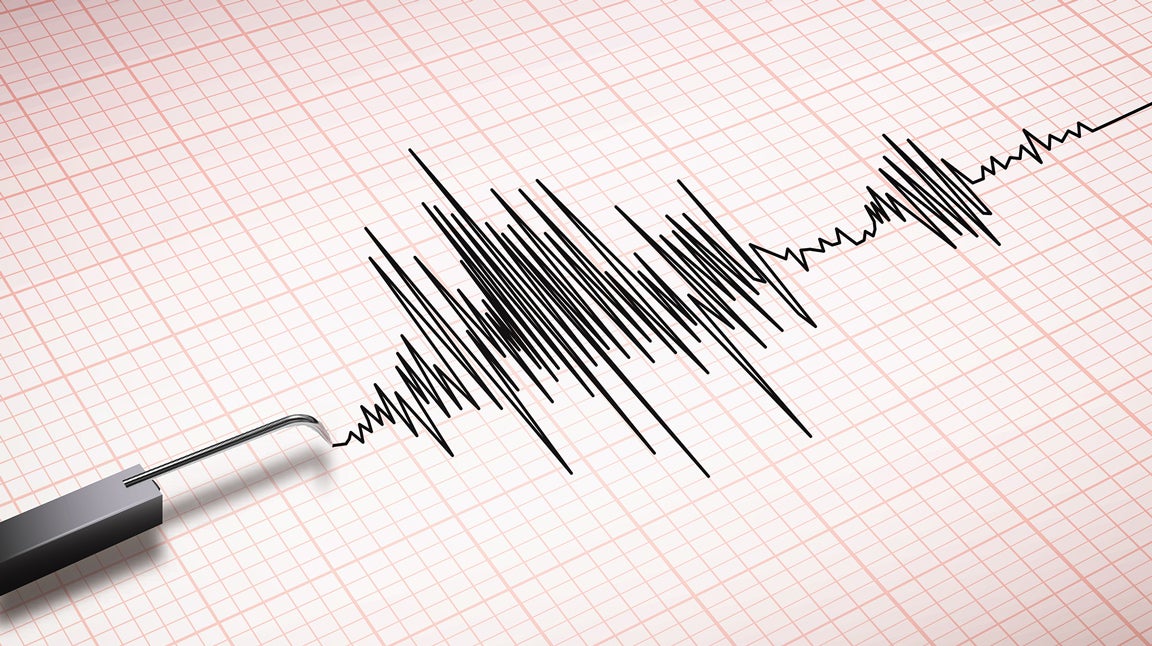Improving climate prediction. We’re on it.
New technology to capture data from the clouds.
Climate change is here and the impacts are being felt around the world. Only with accurate climate projection models can we foresee, mitigate, adapt to — and, in some cases, survive — what comes next. The HAWC (High-altitude Aerosol, Water vapour and Clouds) space mission promises to transform our ability to understand and prepare for a future of extreme weather.
100% Canadian mission
that will provide new data to support extreme weather prediction, climate modelling and disaster monitoring (Canadian Space Agency)
$200 million
in funding to create transformative new satellite instruments that will measure atmospheric changes (Canadian Space Agency)
12- to 15-year mission
will consistently monitor and measure the atmosphere, and remote areas that are especially difficult to monitor with current methods (Canadian Space Agency)
Forecasting rising winds and surging subscriptions.
Quick knowledge, big insights! Subscribe to the Innovation Insider for health, climate, tech, physics and human behaviour innovations in under two minutes.
For a University like Waterloo and for a researcher like me, there’s a great opportunity to help train the next generation of climate scientists and give them the tools to better deal with climate change.

Dr. Chris Fletcher uses computer models and satellite measurements to explore the physical processes that control variations in past, present and future climates. He is an associate professor in the Department of Geography and Environmental Management, and a member of the Waterloo Climate and Waterloo Water Institutes.

Aerosols: Earth's climate guardians
Aerosols are fine solid particles or liquid droplets in the air. These particles can vary in size, shape, and composition. Common aerosols include smoke particles from fires, sea salt, pollen and more. Aerosols can be generated by natural events such as forest fires, as well as human activities like vehicle emissions and the burning of fossil fuels. Despite their small size, aerosols play a significant role in shaping our weather and climate. Understanding and observing aerosols and clouds are crucial for accurate climate change predictions and better management of extreme weather events.
Sustainable futures
Waterloo, a trailblazer in sustainability research and education, is poised to lead with innovative solutions for a thriving planet. We’re addressing the global climate emergency, preserving biodiversity and ensuring clean water, by working collaboratively across our campus. Together, we can exceed sustainability targets, securing a prosperous future for humanity and our planet.
Read on to discover more ways Waterloo is on it.

Discerning fact from fiction →
Explore how the research can help information consumers separate sense from nonsense.

Making life with diabetes better →
See how one Waterloo researcher’s tiny, wearable patch is transforming life with diabetes.